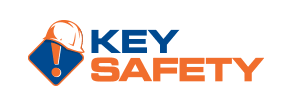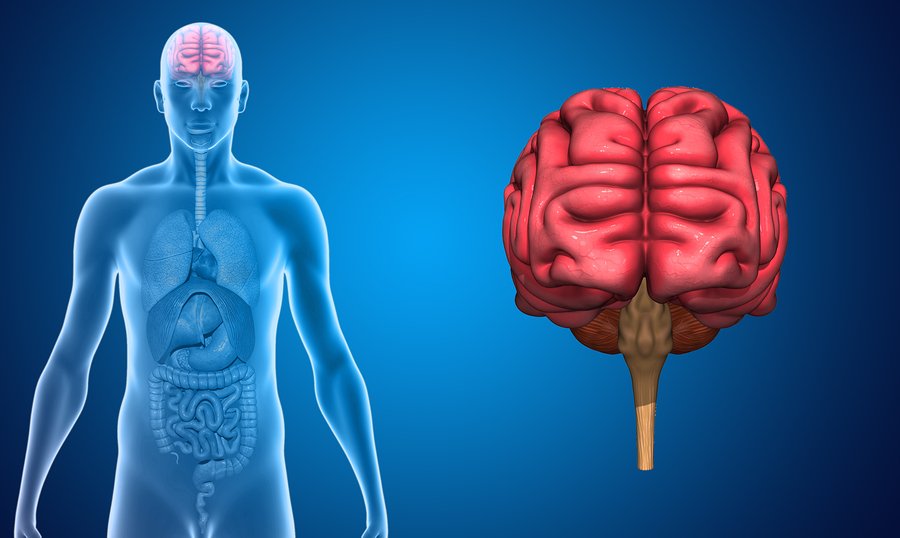Industrial workers face many hazards on the job and heat exhaustion can be a common daily threat along the Gulf Coast in the summer months. As temperatures climb the risk can be compounded….risk of harm to the employee and risk associated with decreased work performance in potentially hazardous work environments. Fortunately there are new and highly effective methods for maintaining a safe core body temperature even in the hottest of working conditions.
Effects of Heat Exhaustion
If not properly protected, exposure to high heat temperatures leaves workers vulnerable to heat stress. Heat stress can consist of heat stroke, heat exhaustion, heat cramps and heat rashes. All of these are a direct result of dehydration from a rise in body temperature, “As temperature increases, the body uses sweating as a mechanism to stay cool. Sweating results in water-loss, and can potentially cause dehydration” MLU. The water used to lower body temperature is taken from other vital organs leaving them susceptible to dehydration.
How Heat Affects the Brain
One of the most vital organs that is affected by dehydration is the brain. The brain governs the function of cognition, “the process of thought that controls how we react to our surroundings and is also our ability to store memories and perform mental tasks” MLU. This has high implications for employees and companies. When cognition begins to decline employees can experience loss of focus, memory, motor skills, and visual processing. In an industrial setting these are all basic cognition skills that not only allow the worker to perform efficiently, but most importantly, safely.
Keeping Cool Depends a lot on Choosing the Right PPE
When choosing PPE and more specifically FR Garments, it is important to consider how the garment will protect workers from high heat temperatures. EHS Today suggests choosing garments with a high total heat loss (THL) rating, “THL is a method to measure the maximum workload or metabolic activity rate a person can sustain while maintaining thermal comfort in a garment.” THL fabric technology controls the heat transfer from the skin to fabric.
Two important factors in proper THL performance are air permeability and moisture retention. Air permeability allows airflow throughout the garment to lower body temperature, “Certain garments have a low air permeability rate, which limits evaporation and normal heat dissipation through airflow. This in turn increases body temperature and sweating” EHS Today. It is just as important that the fabric absorbs and releases moisture, “Retaining moisture reduces the fabric THL rating because it decreases the evaporative cooling capability” EHS Today.
 In an industrial environment there are many safety factors that can be controlled. However, in instances where different variables limit the ability of control, adequate precautions and measures are taken to decrease hazards and threats. Environmental factors such as heat are elements well beyond our control, so it is important when choosing the correct PPE for employees that extreme temperature protection is factored in.
In an industrial environment there are many safety factors that can be controlled. However, in instances where different variables limit the ability of control, adequate precautions and measures are taken to decrease hazards and threats. Environmental factors such as heat are elements well beyond our control, so it is important when choosing the correct PPE for employees that extreme temperature protection is factored in.
Key Safety’s experience affords us the ability to match the right heat-mitigation PPE to potential exposure risk. These solution options include new FR fabric technologies, cooling vests/towels, vented hard hats and rehydration beverages. We have a wide selection of manufacturers to choose from. Contact us today to discuss your PPE needs.






